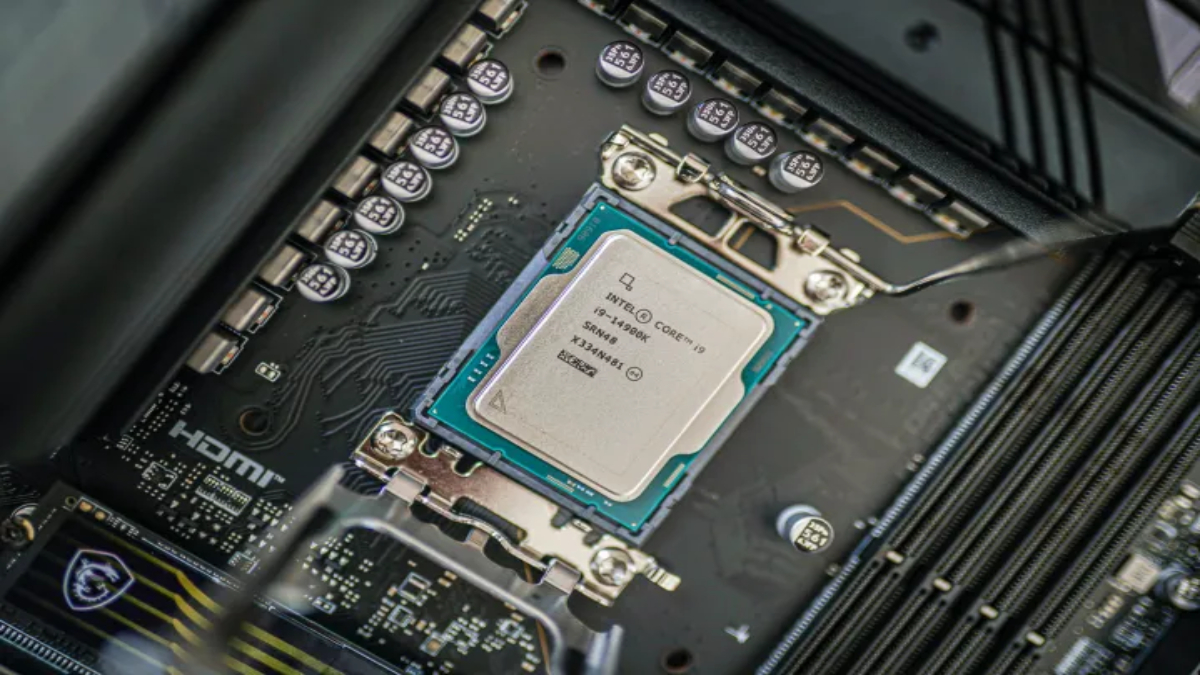The ongoing instability issues with Intel’s top CPUs, particularly in the Raptor Lake series, have been causing significant concern among users and hardware testers alike. Here’s a breakdown of the current situation and potential solutions:
Issues and Intel’s Response:
- Root Cause Uncertainty: Intel has acknowledged the problem but has not yet pinpointed the root cause of the instability plaguing its CPUs. Despite attempts to address the issue with BIOS updates and recommendations like using the Baseline power profile, problems persist.
- Enhanced Thermal Velocity Boost (eTVB) Bug: Intel identified a bug in the eTVB algorithm, which has been patched. However, this bug alone does not fully explain the widespread instability reported by users and testers.
- Test Findings: Reports from Hardware Times indicate that even with Intel’s Baseline power profile, which should theoretically provide stable operation, crashes and performance issues persist. Tests with Core i9-13900KF chips showed varying degrees of instability, including crashes during gaming and system malfunctions.
Recommended Actions:
- BIOS Updates: Ensure your motherboard’s BIOS is up-to-date. Intel continues to release BIOS updates that attempt to mitigate the instability issues.
- Power Profiles: While Intel recommends using the Baseline power profile, which might help in some cases, users have reported mixed results. Experimenting with different power profiles (like MSI 4096W) or even underclocking and undervolting the processor might provide temporary relief.
- Frame Rate Limiting and Resolution: Limiting frame rates to 60 fps and playing at higher resolutions (2K and above) can potentially reduce the workload on the CPU, shifting more load to the GPU and mitigating some stability issues.
- Monitoring and Adjusting: Keep an eye on CPU performance metrics such as power draw, usage, and temperature leading up to crashes. Tools like HWMonitor or MSI Afterburner can help monitor and adjust settings accordingly.
- RMA or Return: If you continue experiencing severe instability despite troubleshooting, consider contacting Intel or your motherboard manufacturer for an RMA (Return Merchandise Authorization) if your hardware is under warranty. Some users have resorted to returning problematic CPUs.
The instability issues with Intel’s Raptor Lake CPUs are complex and ongoing, affecting users globally. While Intel is actively working on solutions, including firmware updates, the effectiveness varies. Users facing these issues may need to experiment with different settings and monitor performance closely until a more definitive fix is available.
For now, following Intel’s guidelines, keeping systems updated, and adjusting settings based on personal testing and user reports remain the best strategies to mitigate these CPU stability issues.


